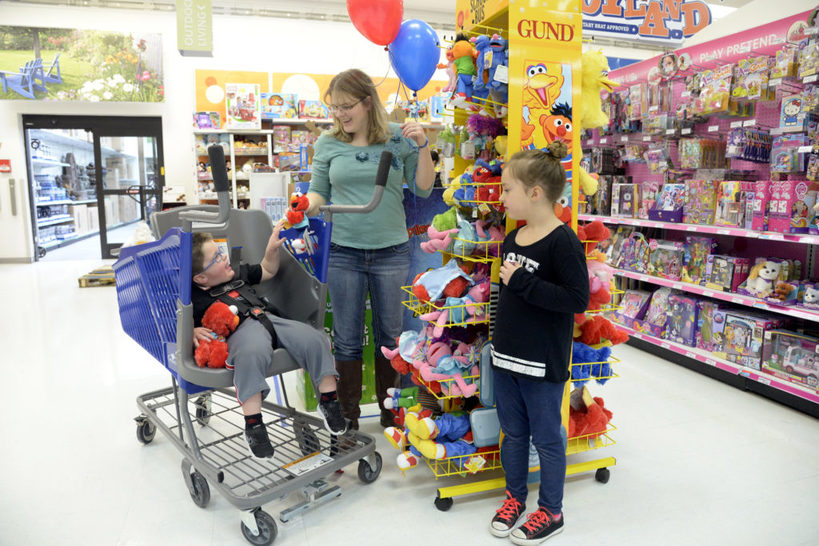Back to School Shopping Lesson for your Kids

Shopping is always an exciting process for kids, especially when the shopping is made for them. They will always want to demand toys, sweet, cookies etc. You can use this opportunity to teach them a few lessons about spending wisely before they return to the classroom. As parents, you are not just raising kids; you are raising future adults. It will come in handy during their university days when they will be on their own
Here are some ideas for schooling your kids about money through shopping:
Having a budget
Be in control of what they spend their money on because you provide the finances. Set a budget and help them do the comparison-shopping. A spending plan is fundamental for using money wisely, so the process doesn’t start with a trip to the mall but with a conversation.
I Want vs I Need
The difference between needs and wants may be the most important lesson of all for kids. Challenge your children when they say ‘I want.’ Have them find the basic version of what they want and discuss how it will fulfill their needs. Take inventory of what they need, typically school supplies and clothing. Work with your child to make a list of everything he or she wants and needs for school and how much it costs, putting the needs first.
Shop for the Right Price
Looking up prices online before heading to the mall will give you and your child an idea of the price range for that item. Incorporating thrift stores into the shopping process is a great lesson too — especially for clothes or sporting equipment. It makes you think about the extreme markup for new items.
Trade-offs
Shopping on a budget allows older children to experience the concept of opportunity costs, or trade-offs — how buying one item limits their ability to buy others. It’s the “money doesn’t grow on trees” lesson. Introduce scenarios in which children must choose between competing for spending priorities. “Do you want the $10,000 sneakers or a moderately priced pair and an extra pair of jeans?”
Quality over Quantity
The cheapest isn’t always the best buy, and the price isn’t always the best indicator of quality. Examine merchandise with your child and talk about how well it’s made and how long it’s likely to last. For clothing, introduce the concept of “cost per wear.” By that measure, a $200 naira pair of jeans worn 40 times during the school year is far cheaper than a $100 naira pair worn three times.
Resist impulse buys
Don’t bail out your kids if they overspend; instead, take them back to the store to return the items that blew the budget. You could even introduce the concept of credit, borrowing money from you but paying it back with interest: “You can have this fancy binder, but it will cost you $1,000 instead of $700 and you will have to pay me back”. Teach them on how to resist impulse buys, delay gratification and not succumb to marketing messages.
Cash Spending VS Card Spending
Studies show that using credit or debit cards leads consumers to overspend because it takes away some of the psychological pain of handing over hard currency. Back-to-school shopping with cash might be more of a hassle, but it might also make an impression as children see the bills going from wallet to cashier.
And for older children doing their own school shopping, give them cash and tell them as long as they get everything on their list, they can keep whatever is left.
Try this method as you nurture the new kids on the block.



